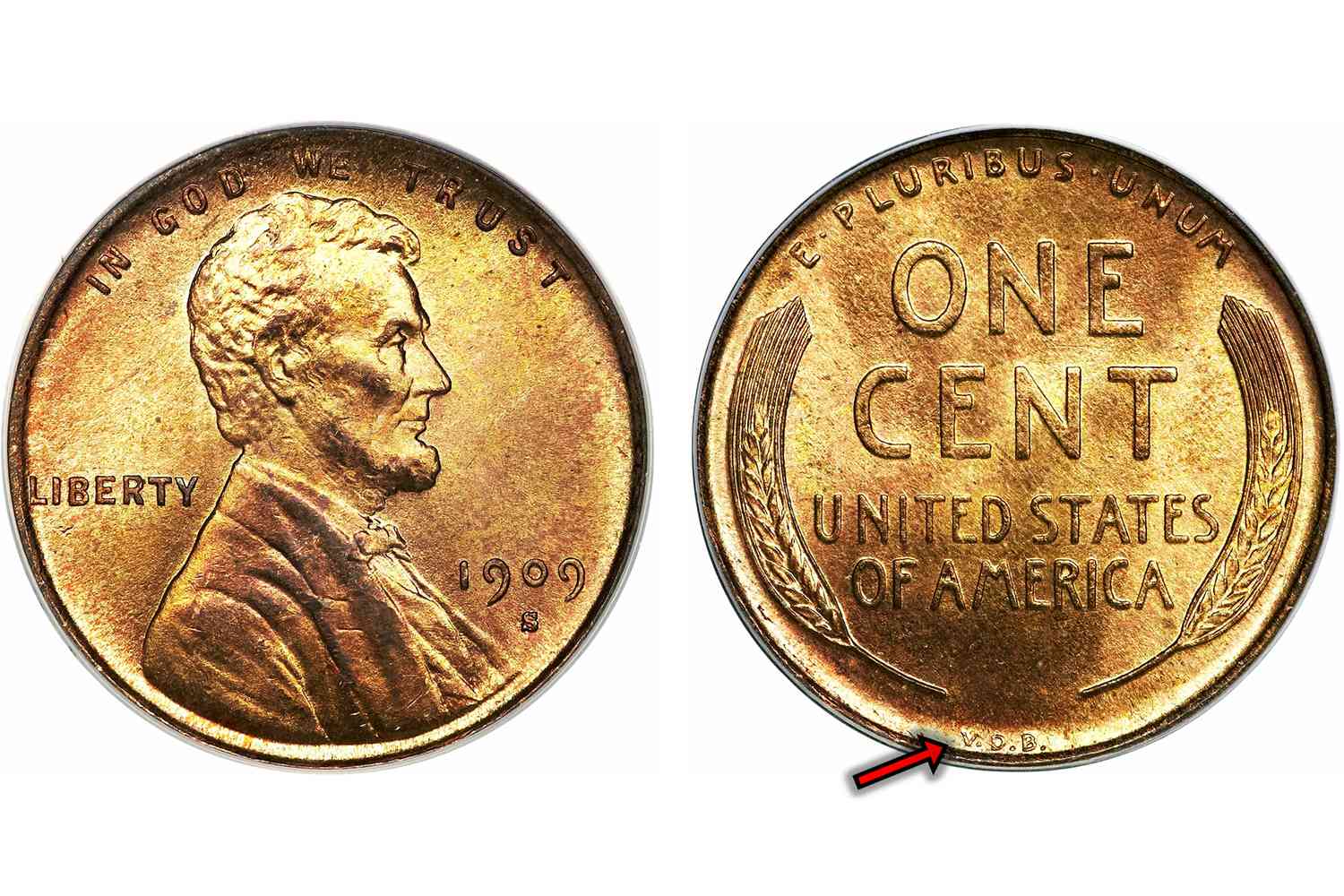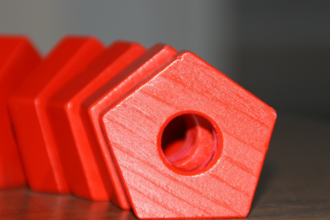Introduction to the rare lincoln wheat penny
If you’re a coin collector or simply someone intrigued by the quirks of currency, you’ve probably heard whispers about the rare Lincoln wheat penny. This little piece of history holds more than just its face value; it’s a treasure trove of stories and significance that can captivate anyone. Minted between 1909 and 1958, these pennies have become highly sought after due to their limited varieties and unique features.
But what makes some Lincoln wheat pennies rarer—and therefore more valuable—than others? As we delve into this comprehensive guide, you’ll discover the rich history behind these coins, tips for determining their worth, insights on collecting them wisely, and ways to preserve your prized finds. Whether you’re a seasoned numismatist or a curious newbie just starting out in the world of coin collecting, there’s something here for everyone who appreciates these fascinating artifacts from America’s past.
History of the Rare Varieties
The history of the rare Lincoln wheat penny is rich and intriguing, reflecting a blend of artistry and American culture. Minted from 1909 to 1958, these coins were designed by Victor David Brenner. His design features President Abraham Lincoln on one side and two wheat ears on the other.
Certain years produced exceptionally rare varieties due to minting errors or unique features. The 1914-D penny stands out with its low mintage from the Denver Mint, making it highly sought after among collectors. Similarly, the 1922 No D variety fascinates enthusiasts because it lacks the mintmark entirely.
Changes in metal composition during World War II influenced production as well. This historical backdrop creates layers of fascination for those who seek out these elusive treasures today. Each coin tells a story that connects us to different periods in American history through currency—an enduring symbol of value and legacy.
How to Determine the Value of a Lincoln Wheat Penny
Determining the value of a Lincoln Wheat penny can be an intriguing process. Start by examining its condition. Look for signs of wear, scratches, or discoloration. The better the quality, the higher the value.
Next, consider rarity. Some years produced fewer coins than others, making those pennies more sought after by collectors. Check resources like coin guides or auction sites to see how many were minted in specific years.
Another factor is demand among collectors. A penny may have a lower mintage but could still be less valuable if interest has waned over time.
Seek professional appraisal if you suspect you have something special. Experts can provide insights into market trends and help assess your penny’s potential worth accurately.
Top Rare Lincoln Wheat Pennies and their Values
When it comes to rare Lincoln wheat pennies, a few stand out for their historical significance and value. The 1909-S V.
D.
B. is often regarded as the holy grail of collectors. With only about 484,000 minted, its value can exceed $1 million in mint condition.
Another notable piece is the 1914-D penny. This coin features a notable “D” mint mark and has an estimated worth of around $1,800 or more, depending on its grade.
Don’t overlook the 1922 No D variety either. This penny is intriguing because it was supposed to have a “D” but many were mistakenly struck without one, making them quite sought after with values reaching up to $900.
Keep an eye out for the 1955 doubled die obverse penny. It’s famous for its striking error and can fetch around $1,200 when well-preserved. Each of these coins tells a story while offering potential investment opportunities.
Tips for Collecting and Investing in Rare Pennies
Start by educating yourself about the nuances of rare Lincoln wheat pennies. Read books, join forums, and follow expert collectors online. Knowledge is your best asset.
Focus on quality over quantity when building your collection. A few high-grade pieces can be more valuable than numerous lower-quality coins.
Network with other collectors at coin shows or local clubs. Sharing insights and experiences will enhance your understanding and may lead to potential trades or purchases.
Pay attention to market trends. Prices fluctuate based on demand and rarity, so staying informed will help you make wise investment choices.
Consider diversification within your collection. Explore different rare varieties beyond just Lincoln wheat pennies; this approach can hedge against market volatility while enhancing overall value.
Preservation and Care for Your Collection
Taking care of your rare Lincoln wheat penny collection is essential for maintaining its value. Start by handling each coin with clean hands or wearing cotton gloves to avoid fingerprints and oil transfer.
Store your pennies in a controlled environment, away from direct sunlight and humidity. Use acid-free holders or capsules to prevent tarnishing and scratches. Avoid using harsh cleaning methods; they can damage the coins.
Consider investing in a quality display case that offers both protection and visibility. This way, you can admire your collection without exposing it to potential harm.
Regularly inspect your coins for signs of wear or deterioration. Keeping track of their condition helps you make informed decisions about preservation methods as time goes on.
Conclusion
The world of rare Lincoln wheat pennies is rich with history and opportunity. Each coin tells a story, reflecting the era it was minted in. Understanding their rarity can significantly impact their value, making it crucial for collectors to stay informed about market trends.
As you explore this fascinating hobby, take time to learn about the various types of rare Lincoln wheat pennies available. Knowledge is power when it comes to collecting and investing wisely. By carefully evaluating each piece’s condition and historical significance, you can enhance your collection while potentially reaping rewards.
Taking good care of your coins preserves not just their physical state but also the stories they carry over decades. Storing them properly ensures that future generations will appreciate these unique artifacts as much as you do today.
Whether you’re a seasoned collector or just starting out, diving into the world of rare Lincoln wheat pennies offers endless possibilities for discovery and enjoyment. Happy hunting!

















